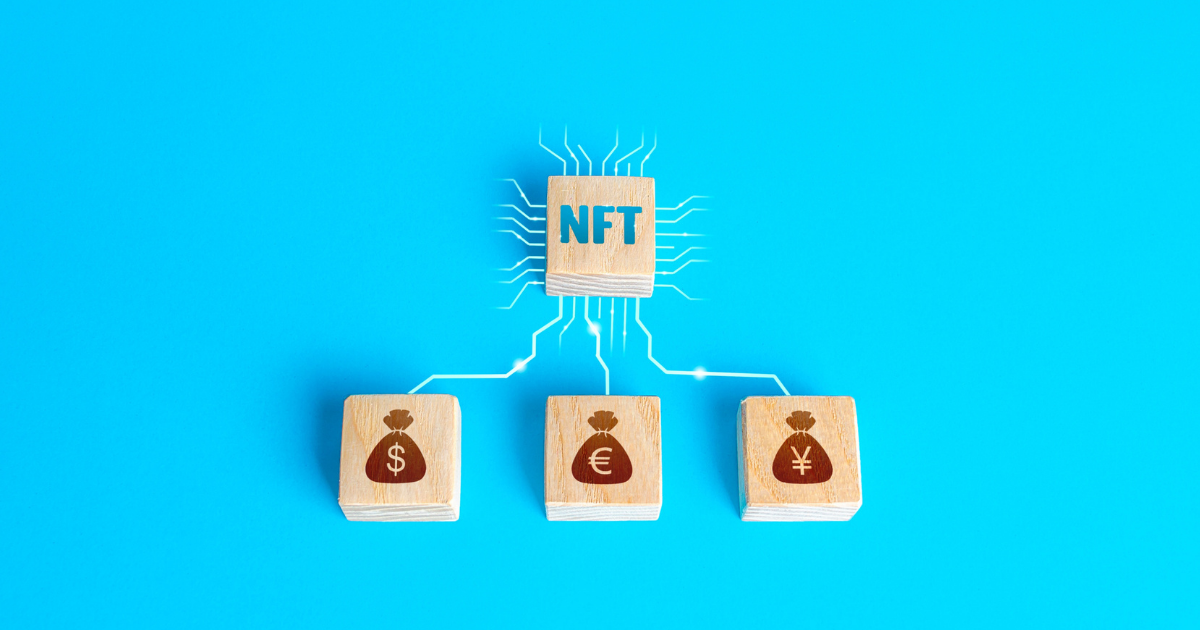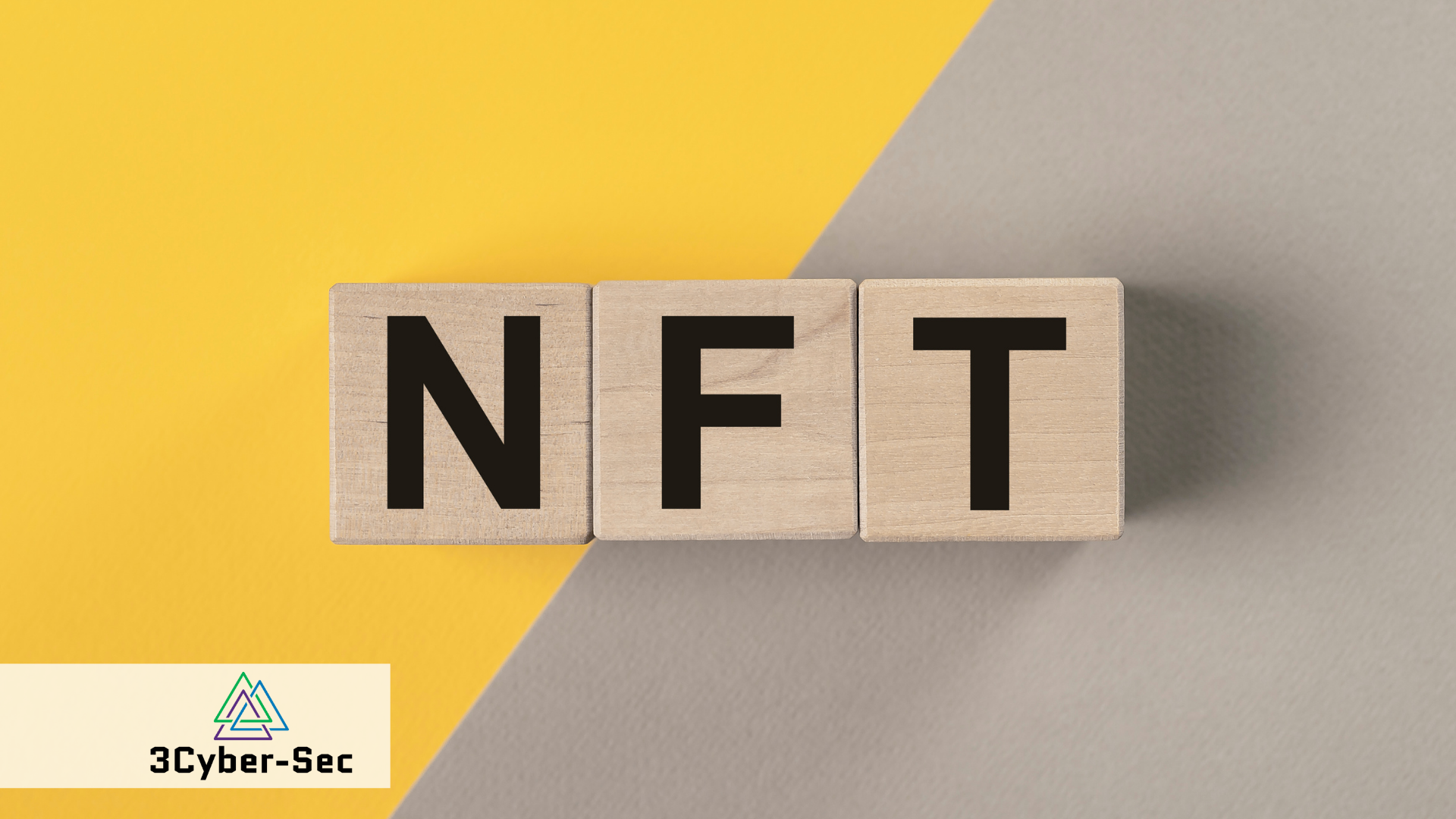You know that in the world of crypto investing, things can change in a second, and new trends emerge constantly. One of the most interesting ones is the rise of NFT. More and more artists are finding ways to capitalize their work by publishing exclusive artworks as NFT. And we are not talking about only young professionals. Artists such as Banksy are also exploring ways to sell their work. And while NFT is here to stay, there is one issue that few people talk about – cybersecurity. In recent months one news hit all major media like BBC and CNN. The story is a little bit like the plot of a Guy Ritchie movie – we have a huge amount of money in the transaction, a fake piece of art by a famous artist, and a website hacking.
What happened?
At the beginning of September, CNN reported that an art collector paid a large amount of over $330 000 for what he thought was an original Banksy NFT artwork. A web page on the website of Banksy himself appeared and redirected his fans to an auction on a platform for NFT bidding. The name of the user that listed the item for sale was identical to one that Banksy himself used as a moniker a while back.
And since the source of the artwork seemed legit, the art collector made the purchase for over 330 000$ in crypto. Once he made the bid and it was accepted, the money was transferred and the auction was over. And then the victim realised he was frauded. However, the story has a happy end, since the person transferred the money back soon after.

An ethical hack or a hacker that got scared?
When he spoke to CNN, the art dealer assumed that there were two possible scenarios:
- The whole thing was an ethical hack that was done as a statement;
- The case drew huge attention not only online but from mass media and the hacker decided that it is better to be safe and return the money.
This is just the tip of the iceberg in such cases. It is quite common that in such auctions the artworks that are sold can be the property of some other author or the artwork itself is not made by the famous artist as claimed. NFT investors should be very careful and do extensive research before they transfer huge amounts of money for digital art. They might not be so lucky to receive them back.
The cybersecurity side of the story
From a cybersecurity point of view, it is interesting to explore how there was a base to commit such fraud in the first place. The art collector suggested both for BBC and CNN that the website of Banksy might have been hacked. However, this has not been confirmed by representatives of the artist. The BBC published a comment by a spokesperson for Banksy who told that the artist has no affiliation to NFT auctions in any form.
And while there is no official explanation, the scenario of website hacking seems more plausible after a cybersecurity expert told the BBC that he warned Banksy’s team about vulnerabilities on the website of the artist several times and had no response. The neglect of these warnings might have led to the NFT scam.
Moral of the story
At the end of the day, there is a happy end. The money is back in the collector and probably after this case, Banksy will get his team to strengthen the cybersecurity of his website. This goes to show that even what seems a legitimate operation can be the cover for a scam. Be aware and pay extra attention to any potential red flags. Better to be safe rather than with an empty wallet. And this goes to show that even the best in their industries need to consider cybersecurity as a priority. If you need a consultation or advice on such matters for your organisation, feel free to get in touch with us.

